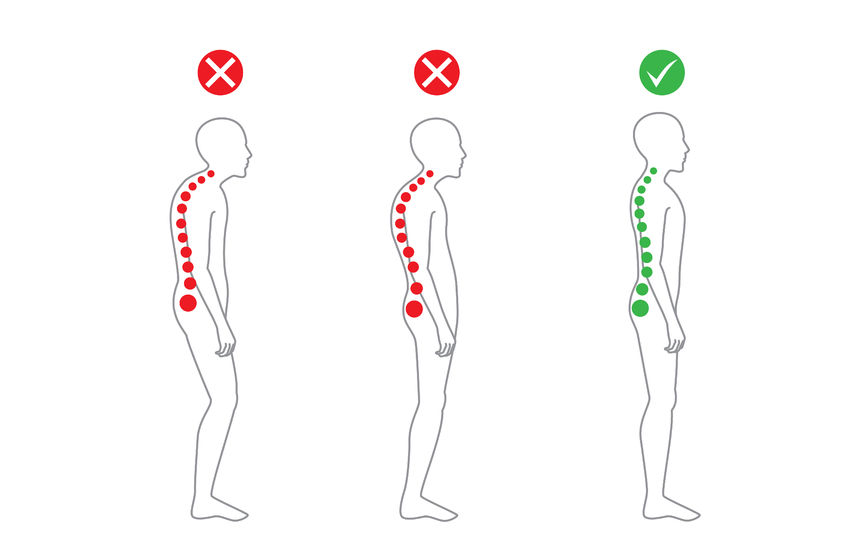
Poor posture has many detrimental effects on the body. Individuals often experience chronic pain in the back, neck, and shoulders, digestive issues, stiffness, and fatigue. Poor posture can also lead to nerve compression, muscle atrophy, carpal tunnel syndrome, and sciatica. Although sometimes unnoticed, posture also has a strong impact on the mind, considering people may experience worsened depression and stress, along with tension headaches.
Poor alignment creates ligament and muscle imbalances, which cause many problems. Deviations exist because of the imbalance of muscles, which work together in holding a joint in place. With one tight muscle and one loose one, muscles are pulled away from their rightful positions. Overactive muscles then overcompensate for underactive ones, causing issues and stress on the body.
There are various ways to improve posture, but it is important to understand exactly where alignment is impaired. To determine the postural deviation, one must conduct a standing assessment. During the assessment, which consists of various stances, the overactive and underactive muscles are assessed to discover the strengthening exercises that must be used.
To achieve an upright posture, individuals can follow a few simple steps.
- Step 1: Place feet shoulder width apart.
- Step 2: Stand up straight.
- Step 3: Keep weight on balls of feet.
- Step 4: Keep shoulders square.
- Step 5: Pull head back and up.
These steps can assist individuals who tend to hunch over from poor posture. The greatest challenge is to remain aware of your posture as you go about your day. It is easy to go minutes or hours without realized that you are slumping or slouching. One of the best ways to develop better posture is to be mindful of specific deviations and contact an orthopedic specialist for more assistance.







